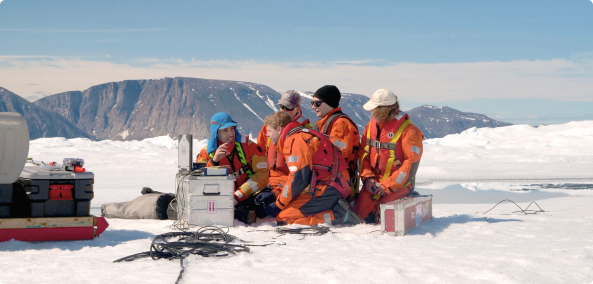Princess Elisabeth Station Introduces First Electric Vehicle in Antarctica
Belgium’s Princess Elisabeth Antarctica Research Station has deployed the world’s first electric polar exploration vehicle, allowing scientists to traverse the icy terrain sustainably while conducting research missions.

Belgium’s Princess Elisabeth Antarctica Research Station has deployed the world’s first electric polar exploration vehicle, allowing scientists to traverse the icy terrain sustainably while conducting research missions.
The Venturi Antarctica is a heavy-duty electric vehicle fitted with caterpillar tracks to navigate snow and ice, capable of carrying up to six people along with scientific equipment. Developed by Monaco-based EV manufacturer Venturi, it is powered by dual 60kW motors and a 52.6kWh battery, with the option to add a second battery for extended range. The vehicle can operate in extreme temperatures down to -50°C and is engineered for polar terrain, reflecting Venturi’s experience in Formula E and electric land speed record vehicles.
Since its deployment in December, the Venturi Antarctica has been used for critical scientific missions, including the maintenance of weather observation stations and the Belgian atmospheric observation post on a 2,300-meter plateau. Its introduction demonstrates how renewable technology and innovative engineering can enable zero-emission operations in one of the harshest environments on Earth, aligning with the station’s mission to conduct world-class research while minimizing ecological impact.
For the full article in French follow RTBF and in English follow MoveElectric!
Download





















